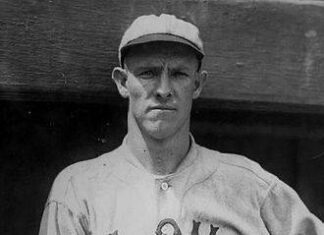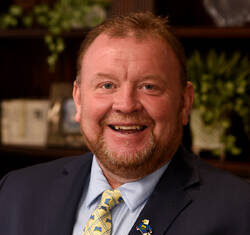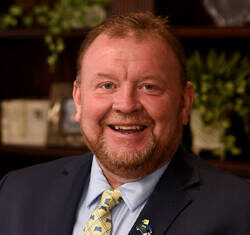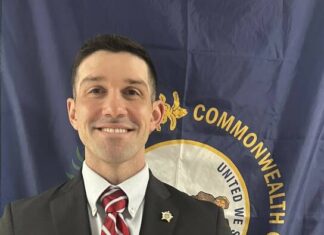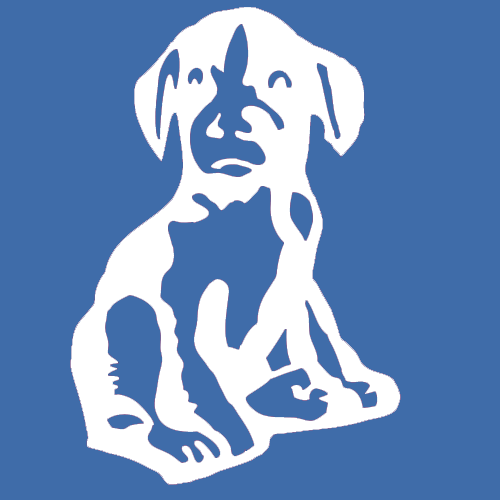Driving by Straub Elementary the other day, I noticed the fire department was showing their engines and letting students look at all the paraphernalia that is attached. The first thought I had was “Community Helpers”. It is a large part of the primary school curriculum and enables educators to “empower 21st century learners to move beyond the acquisition of isolated facts while equipping them with the dispositions necessary to become stewards of democracy as citizens in an interdependent world.” A community helper can be defined as “any person who helps with our health and overall well-being.” That includes those firemen, city workers and police. Many occupations fall into the category including doctors, dentists, and grocery store workers. If your job helps improve the overall well-being of the community, then you are a community helper and this “standard” is important at every grade level.
The Kentucky Gateway Museum Center recently held sessions with their Haunting History Tours which included community helpers you may or may not have thought of. Allison Parker came to KYGMC to give historical facts about funeral directing. She told students that embalming didn’t really start until the Civil War. Most families held wakes at home and someone sat with the deceased night and day to receive family and friends. She told them how people were taken care of and she had artifacts to show gravity embalming bottles and cooling tables. Superstitions and myths were exchanged and you also came out of the session understanding that a funeral director wasn’t just the person who organized the care of the deceased during the interval between the death and the burial, but they also provide the community a service with primary focus on the needs of the family while maintaining the dignity of the deceased.
Law enforcement is one of the first community helpers you would think of. They protect our community with the task of preventing crime and apprehension of offenders. “As part of law enforcement, police officers have four major responsibilities: enforcing laws, preventing crimes, responding to emergencies, and providing support services.” Patrick Boggs created a session showing students the tools they use at crime scenes. He had special lights that could detect bodily fluids…even if someone had tried to clean up the scene. He had chemicals that could detect gun powder residue on a body or clothing. He also helped students see how police analyze and critique the scene while using procedures and policies in a variety of settings.
David Lawrence was our coroner for the tour. Coroners establish the manner and cause of death. Some people die apparently in good health while with some, there is reason to think the death may not be due to natural causes or may need an inquiry for some other reason. Together, with local law enforcement, they investigate the scene of death. Mr. Lawrence entranced students with stories of unsolved mysteries and the use of other agencies to identify found bodies. He discussed the strategies and complex reasoning to propose solutions. He even brought documents for students to understand the utilization of information and evidence to seek solutions to questions and the paperwork to document that information, which is required for the job.
All these people met state and national standards that educators need to relay to their students at higher grade levels- and they did it without looking to see what those standards were- they did it instinctively because they are just that good at what they do! It is essential that all Kentucky students are globally-prepared and ready to support our communities. It is critical that they are equipped with the dexterity of mind to question, evaluate and communicate what is necessary to become active, productive and engaged citizens in our culturally diverse and democratic society. KYGMC was honored to provide wonderful “community helpers” in order to enhance student content knowledge while building critical thinking skills. WE’RE NOT JUST ANOTHER PRETTY MUSEUM!
Readers may email questions to [email protected] @ Kentucky Gateway Museum Center, Maysville, KY

